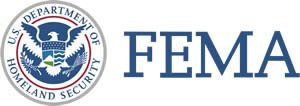RSS feed source: Federal Emergency Management Agency
Preliminary flood risk information and updated Flood Insurance Rate Maps are available for review by residents and business owners in affected communities in Carroll County, New Hampshire. Residents and business owners are encouraged to review the latest information to learn about local flood risks and potential future flood insurance requirements.
The updated maps were produced in coordination with local, state and FEMA officials. Significant community review of the maps has already taken place. Before the maps become final, community stakeholders can raise questions or concerns about the information provided and participate in the 90-day appeal and comment periods.
The 90-day appeal and comment periods will begin on or around July 16, 2025. The affected communities in Carroll County, New Hampshire are listed in the Proposed Flood Hazard Determinations Notice in the Federal Register at the following website: https://www.federalregister.gov/documents/2025/05/22/2025-09209/proposed-flood-hazard-determinations
Residents may submit an appeal if they think modeling or data used to create the map is technically or scientifically incorrect.
An appeal must include technical information, such as hydraulic or hydrologic data, to support the claim. Appeals cannot be based on the effects of proposed projects or projects started after the study is in progress.If property owners see incorrect information that does not change the flood hazard information — such as a missing or misspelled road name in the Special Flood Hazard Area or an incorrect corporate
Click this link to continue reading the article on the source website.
